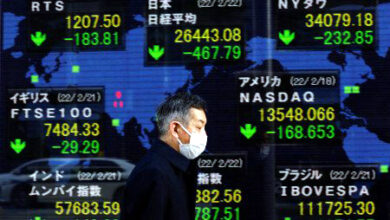Oil prices rise on robust China refinery data, but gains limited by economic outlook

Oil prices bounce back on strong refinery data from China, but concerns over the economic outlook limit gains
Crude oil experienced a rebound on Thursday following a previous day’s slump, driven by data revealing a significant increase in refinery runs in China, the world’s leading crude importer. However, the overall gains were tempered by a weak economic backdrop.
Brent crude futures saw a rise of 39 cents, or 0.6%, reaching $73.59 a barrel by 0630 GMT. Similarly, U.S. West Texas Intermediate (WTI) crude climbed 39 cents, or 0.6%, to reach $68.66 a barrel.
The price decline of 1.5% on Wednesday came as a result of the U.S. Federal Reserve’s projection of the need for further rate hikes this year, leading to concerns that a higher interest rate environment would hinder economic growth and reduce oil demand.
Despite the economic uncertainties, China’s oil refinery throughput in May demonstrated a 15.4% increase compared to the same period last year, marking its second-highest total on record. Refiners resumed operations after planned maintenance, while independent refiners processed affordable imports, contributing to the surge in throughput.
However, the limited gains in oil prices on Thursday were influenced by a gloomy economic outlook. China’s industrial output and retail sales growth in May fell short of expectations. Industrial output grew by 3.5%, down from 5.6% in April, while retail sales increased by 12.7%, missing the projected 13.6% growth and showing a slowdown from April’s 18.4%.
According to market analysts, the somber Chinese economic data had a downward impact on oil prices. The bumpy post-COVID recovery in China and the weakened economic performance in the first quarter have dampened expectations of a global surge in oil demand.
Investor concerns were further amplified by the looming possibility of U.S. interest rate hikes. The anticipation of rates remaining high for an extended period could exert additional growth pressures and limit the conditions for oil demand, according to market strategists.
Adding to the market unease regarding weakened fuel demand, the European Central Bank is expected to raise borrowing costs to their highest level in 22 years and keep the option for further hikes open. Similarly, the Bank of England is projected to continue raising rates as it combats inflation, as indicated by a Reuters poll of economists.





